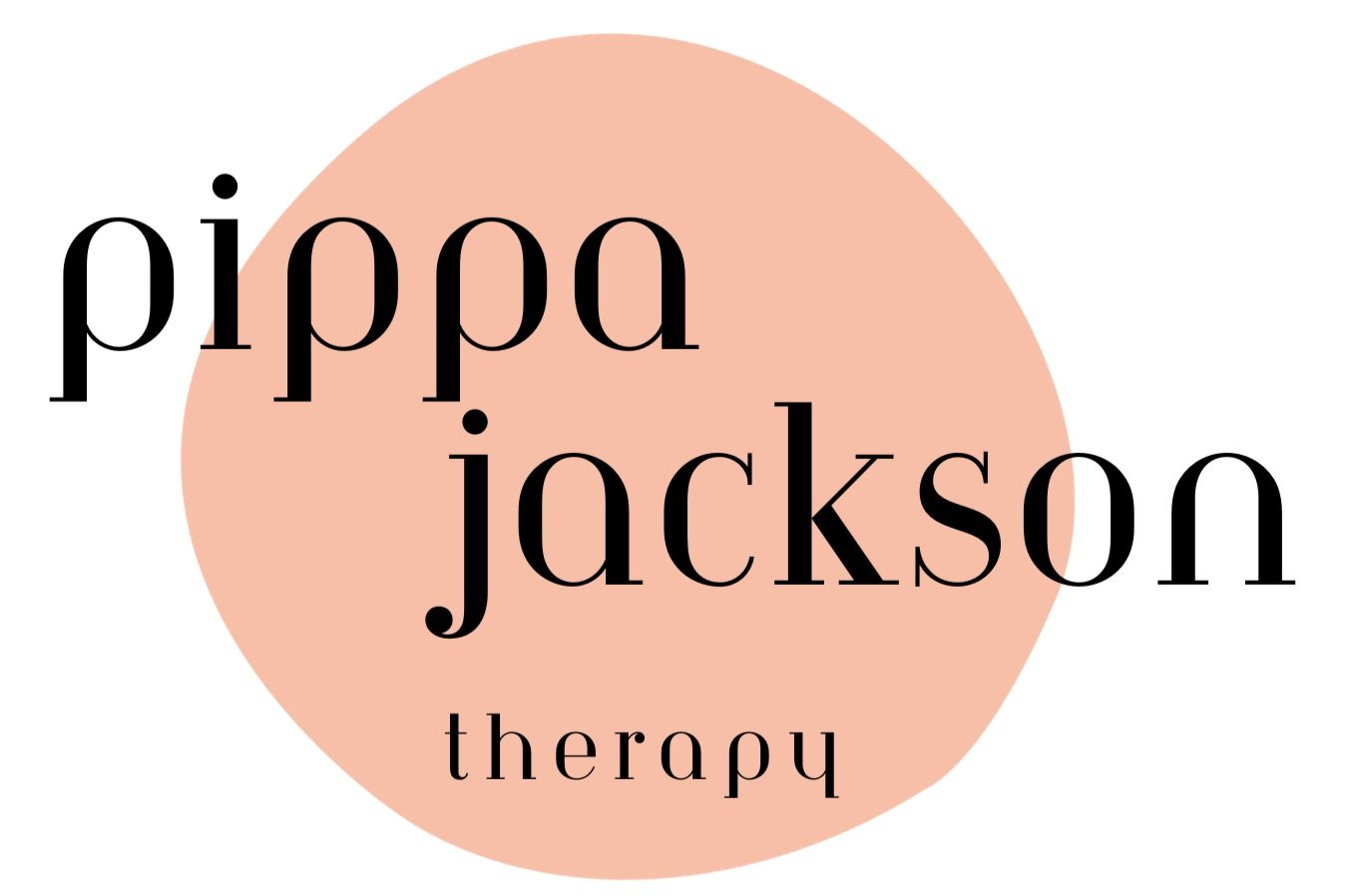How to find safety in therapy, relationships, and within yourself
In a world that can often feel fast, overwhelming, or uncertain, many of us carry an invisible longing: the desire to feel safe.
Not just physically safe, but emotionally and relationally safe too. To be able to soften, rest, and truly be: without bracing for judgement, rejection, or harm. For many of us, this kind of safety hasn’t always been available. Whether due to early life experiences, trauma, or simply living in a society that doesn’t always honour our nervous systems, finding a sense of inner and outer safety can feel like a journey home.
But what does it actually mean to feel safe? And how do we begin to cultivate it: within therapy, our relationships, and most importantly, ourselves?
Why safety matters
Safety is not just a nice feeling, it’s the foundation for healing, connection, and growth.
According to the work of Deb Dana, Stephen Porges, and more recently, Geller & Porges (2020), safety is a biological necessity. Our nervous system is constantly scanning the environment (and our relationships) for cues of danger or safety. This process, called neuroception, happens below our conscious awareness. When we sense safety, our system can shift from fight-or-flight into a state of regulation, presence, and connection.
In therapy, this means that we can only truly explore and process painful or vulnerable parts of ourselves once we feel safe enough to do so. Similarly, in our relationships, safety is what allows us to show up authentically, take risks, and trust. And within ourselves, safety creates the internal conditions for emotional resilience, self-compassion, and rest.
Why many of us don’t feel safe
If safety is so essential, why can it feel so elusive?
For many, the answer lies in early experiences. If we grew up in an environment that was unpredictable, neglectful, critical, or unsafe in any way, our nervous system may have learned to stay on high alert. Even in adulthood, when the threat has passed, our body may still operate as if danger is just around the corner.
Difficult experiences in later life (e.g. trauma or chronic stress) or even genetic predispositions can also shape a nervous system that is more reactive or easily dysregulated. And because these patterns live in the body, they can’t just be “thought” away: they also need to be gently and consistently felt into and regulated.
Cultivating safety in the body
Creating a felt sense of safety begins in the body. We can’t always think our way into calm, but we can use our body to help soothe our nervous systems. Here are some simple, nurturing practices that support a sense of physical safety:
Deep, slow, conscious breathing – Bring your attention to your breath. Inhale and then make your exhale long and slow. This signals to the nervous system: You are safe now.
Grounding through the senses – Notice your feet on the ground. The texture of what you're sitting on. Sounds you can hear. Bring your awareness gently into the here and now.
Soothing, compassionate touch – A hand over your heart, gently massaging your neck or shoulders, or even wrapping yourself in a soft blanket. This signals care to the body.
Gentle movement or stretching – Giving yourself a moment to connect to your body in a way that feels soothing.
Nourishment – Eating enough, regularly, and adding in nutritious foods that you enjoy.
Time in nature or fresh air – Our system often recalibrates in the presence of natural rhythms.
Rest – Giving your body permission to slow down, nap, or do nothing at all.
Cultivating emotional safety with yourself
Feeling emotionally safe with yourself means connecting to your inner experience and allowing it to be as it is without judgement. It’s an ongoing practice of kindness, honesty, and curiosity. You might try:
Journalling – Making sense of your inner experience through writing what you’re thinking and feeling. You can try these journalling prompts for some ideas for reflection.
Compassionate self-talk – Phrases like: “You are doing your best”, “It’s okay to feel this way”, or “You are enough” can be a way to self-soothe.
Letting yourself cry or feel – Safety means knowing that emotions are allowed to move through you without needing to be fixed, suppressed or got rid of.
Tea, soft lighting, music – Small rituals of gentleness can help build a felt sense of care.
Asking for help – Emotional safety includes knowing you don’t have to do it all alone.
Relational safety: Being seen and held
Healing doesn’t happen in isolation. Many of our wounds were relational, and so too is our healing.
Relational safety begins with being met by another person with presence, empathy, and care. In therapy, this might look like a counsellor who holds space without rushing, judgeing, or trying to “fix” you. In personal relationships, it’s someone who listens, validates, and stays connected even when things feel hard.
Sometimes, we need to experience this kind of connection in therapy first, before we can feel safe enough to open to it elsewhere. And that’s okay. Therapeutic presence itself can be regulating, helping to co-create a state of calm and connection that the client can then internalise.
You deserve to feel safe
Whether you're just beginning your healing journey or deep in the process, know this: you deserve to feel safe. You deserve spaces, internal and external, where your system can soften, your breath can deepen, and your heart can open.
Building safety is not always quick or linear. But with gentle, consistent practices, and relationships that honour your whole self, it is possible.
Start small. One breath. One kind word to yourself. One moment of letting someone in.
Your nervous system will thank you. 🩵

